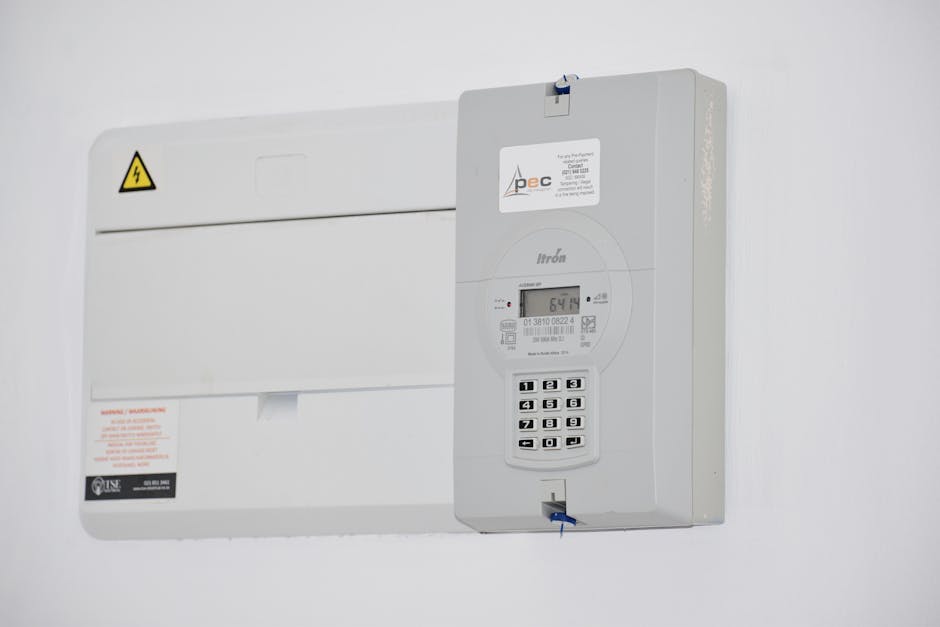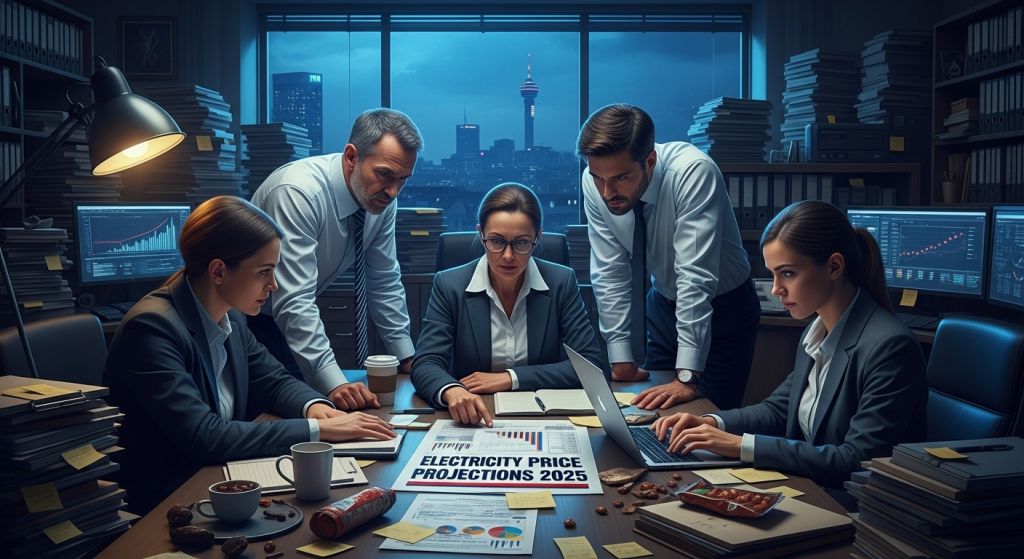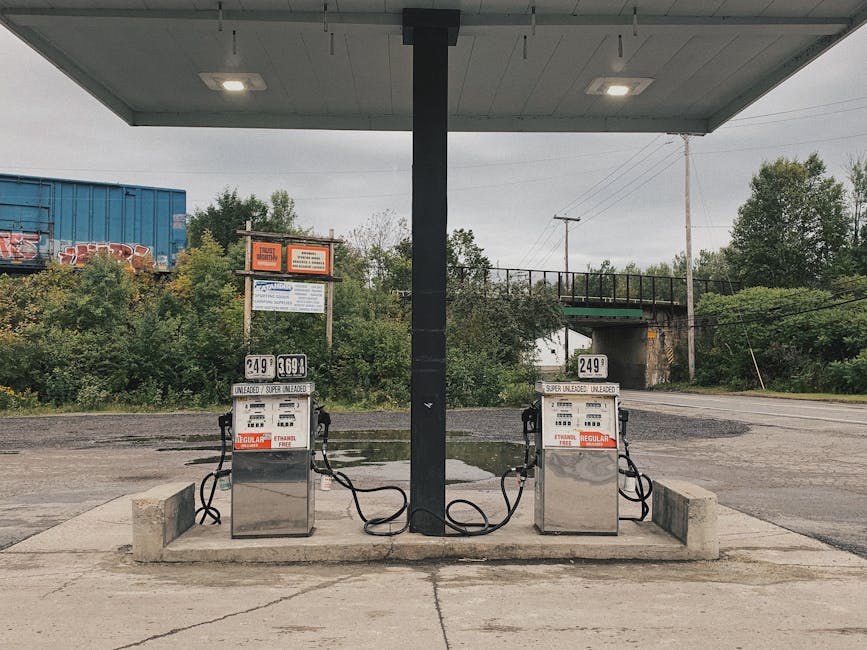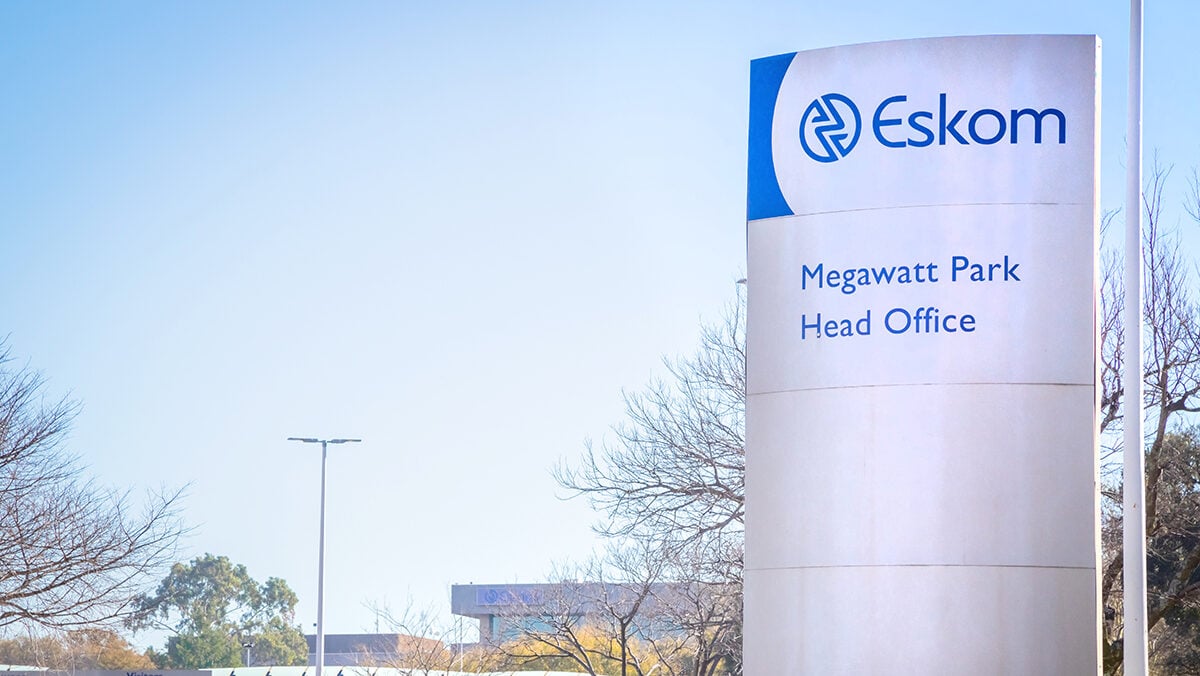The National Energy Regulator of South Africa (Nersa) has initiated a critical market inquiry. This investigation focuses on the implementation and impact of fixed electricity charges. The regulator will scrutinize generation capacity charges, legacy charges, and other fees. These are levied by Eskom and municipal power distributors across South Africa. This Nersa fixed electricity charges inquiry responds to widespread public concern.
Nersa announced the inquiry’s start with the publication of its Terms of Reference (TOR). This occurred on Friday, 26 September 2025. The inquiry will specifically target municipal fixed charges. It also includes Eskom’s unbundled generation tariffs. These tariffs comprise the generation capacity charge, legacy charge, and variable energy charge.
Understanding the Nersa Fixed Electricity Charges Inquiry
The inquiry will gather comprehensive evidence. This involves requesting documents and performing data analysis. Benchmarking against other systems will also take place. Stakeholder submissions are crucial to the process. Public hearings will provide a forum for discussion. The investigation is mandated under section 4(b)(ii) of the Electricity Regulation Act. Sections 2(b) and 4(a)(viii) are also relevant. Its primary goal is to uncover how distributors formulate these charges. Nersa has noted that fixed electricity charges have led to significant increases. These are added to Eskom’s approved 12.74% increase. The inquiry will also assess the impact on various customer segments. It will evaluate their alignment with approved tariff methodologies. This evidence-driven approach aims to boost transparency. It seeks to foster regulatory certainty. The ultimate goal is to ensure tariff structures are fair and economically sustainable.
Key Dates for the Inquiry
Stakeholders have a specific window for participation. Written representations and supporting evidence are due by 25 October 2025. A public hearing is scheduled for 17 November 2025. Following these steps, the inquiry will proceed to drafting its report. The Market Inquiry Report is expected in December 2025. The final report’s publication is anticipated in early 2026.
The Impact of Eskom’s Retail Tariff Plan (RTP)
In April 2025, Nersa approved Eskom’s retail tariff plan (RTP). This plan marked a significant shift in electricity pricing principles. The changes brought negative consequences. Lower and middle-income households were particularly affected. Households with solar panels also felt the impact. These users typically consume less Eskom grid power. The RTP introduced substantially higher fixed connection charges. Concurrently, it reduced the per-unit price of electricity. This meant that low-consumption households saw their bills rise. Conversely, high-consumption users ended up paying less.
Disproportionate Effects on South African Households
Energy expert Chris Yelland conducted an in-depth analysis. This occurred shortly after the RTP approval in April 2025. His findings showed the RTP disproportionately impacted low-consumption households. Eskom implemented an average tariff hike of 12.74%. However, many residential customers experienced much higher increases. For instance, customers on the common Homepower 4 plan saw bills rise more. This was true for those consuming 750kWh or less. A two-person household using 500kWh monthly faced a 29.56% bill increase. A single-person home using under 300kWh per month paid 34.41% more.

Conversely, customers using over 1,100kWh per month saw reductions. A household consuming 1,500kWh per month saw their bill drop. It declined from R5,220 to R4,796. This represents an 8.12% reduction. The Electricity Resellers Association of South Africa (Erasa) highlighted these changes. They reported a real increase of 30% for their average customer. These customers often live in multi-dwelling properties. This includes sectional title schemes. These properties typically house single people, couples, and small families. They reside in two or three-bedroom units.
Changes for Homelight Users
The poorest customers on Eskom’s 20A Homelight tariff saw smaller increases. However, those on the next tier, Homelight 60A, faced higher bills. They paid 18.26% more if consuming less than 550kWh. Eskom also scrapped the Incline Block Tariff for Homelight users. This means higher consumption is no longer penalized. Previously, higher variable tariffs applied to increased usage.
Nersa’s Commitment to Consumers
Nomfundo Maseti, Nersa’s full-time regulator member for electricity, commented on the inquiry. She stated it highlights the regulator’s commitment. Nersa aims to safeguard electricity consumers’ interests.

By engaging stakeholders, Nersa will rigorously interrogate the basis of these charges. The goal is to provide regulatory guidance. This guidance will promote fairness, cost-reflectivity, and stability. It seeks to ensure a more equitable electricity market for all South Africans. The findings from this Nersa fixed electricity charges inquiry are eagerly awaited.
Source: mybroadband.co.za





